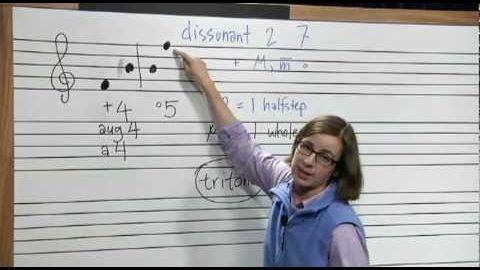
Subtitles & vocabulary
Music 101: Dissonant Intervals
00
songwen8778 posted on 2016/07/31Save
Video vocabulary
figure
US /ˈfɪɡjɚ/
・
UK /ˈfiɡə/
- Verb (Transitive/Intransitive)
- To appear in a game, play or event
- To calculate how much something will cost
- Noun
- Your body shape
- Numbers in a calculation
A1TOEIC
More bit
US /bɪt/
・
UK /bɪt/
- Noun
- Device put in a horse's mouth to control it
- Small piece of something
- Intransitive Verb
- (E.g. of fish) to take bait and be caught
A1
More think
US /θɪŋk/
・
UK /θɪŋk/
- Verb (Transitive/Intransitive)
- To have an idea about something without certainty
- To have an idea, opinion or belief about something
A1
More want
US /wɑnt, wɔnt/
・
UK /wɔnt/
- Transitive Verb
- To desire or wish for something; hope for a thing
- Noun (Countable/Uncountable)
- Something you desire or wish for
- State or condition of poverty
A1
More Use Energy
Unlock All Vocabulary
Unlock pronunciation, explanations, and filters
